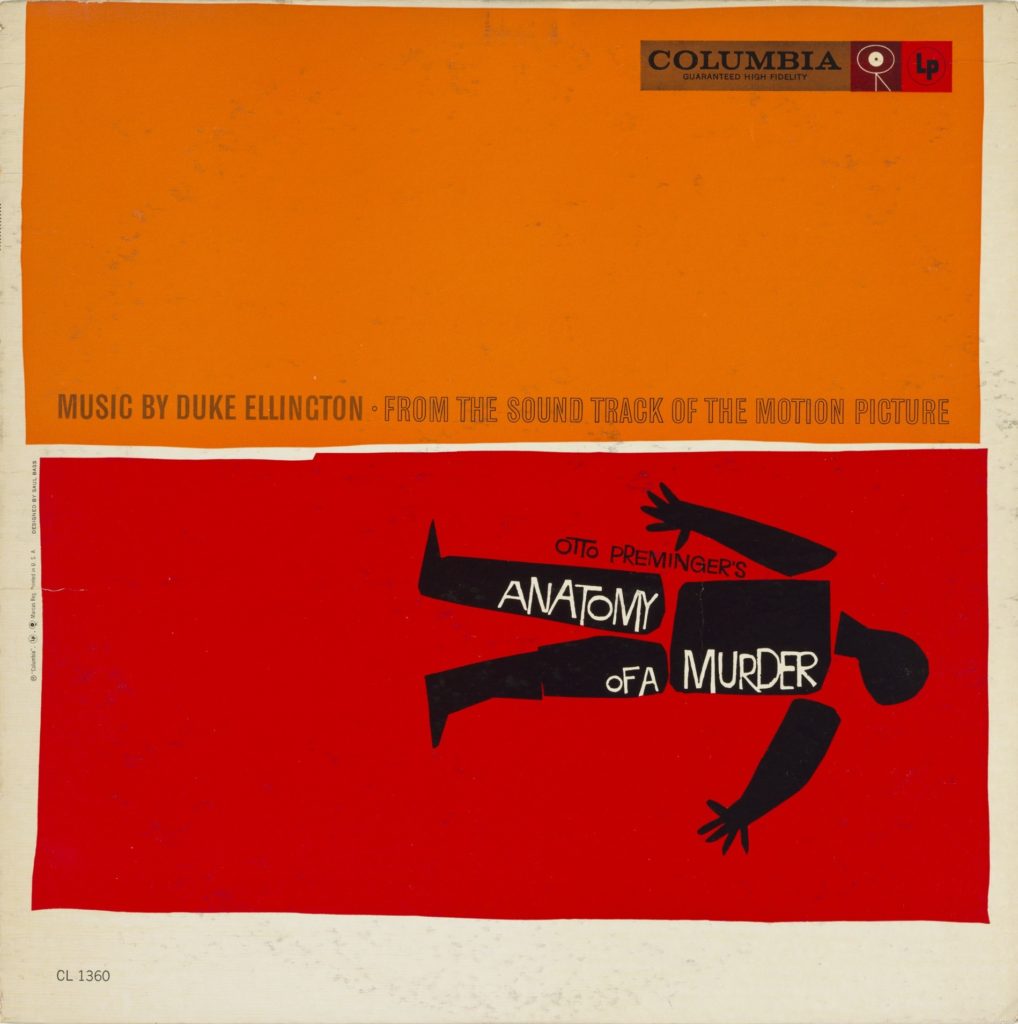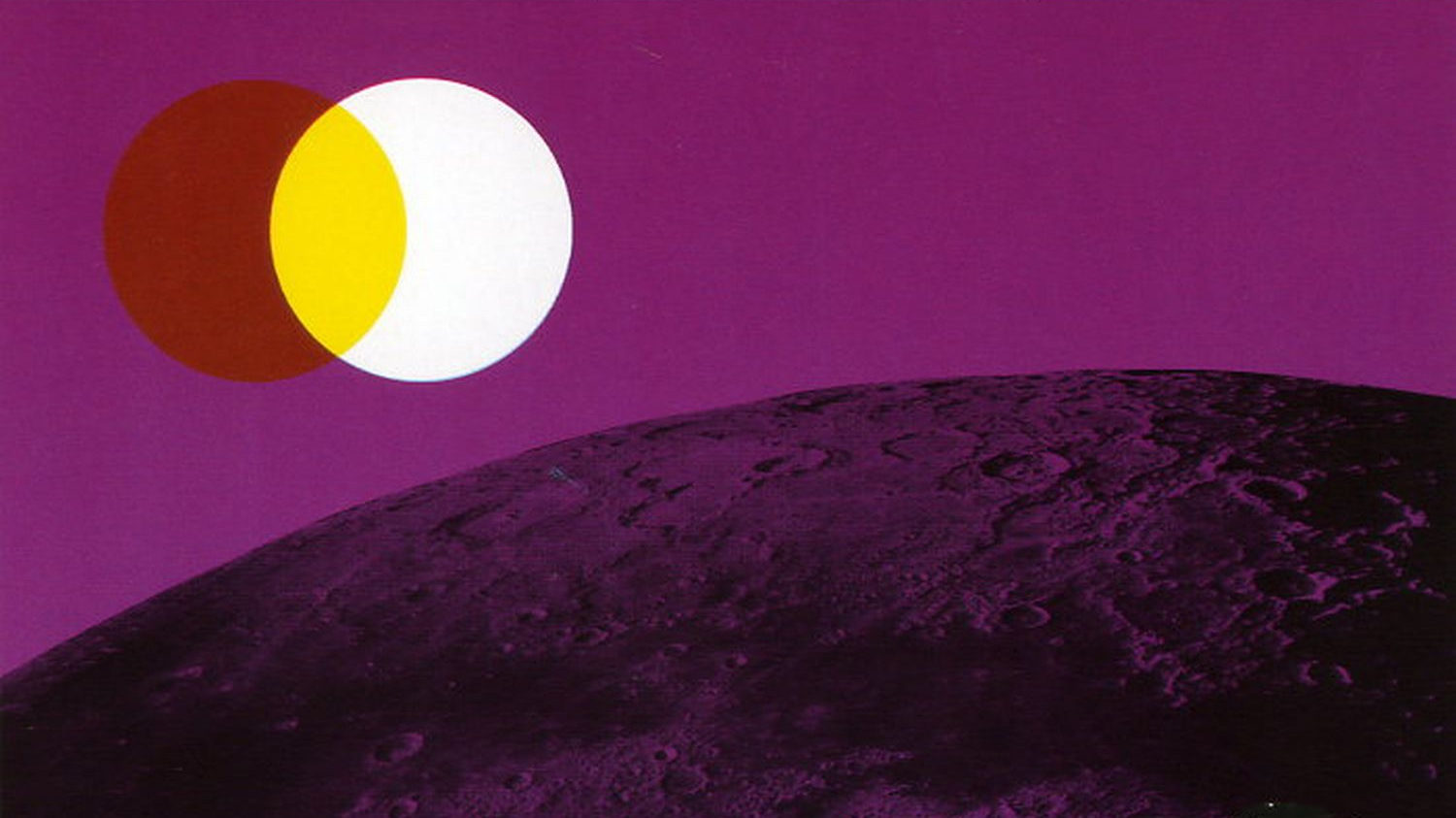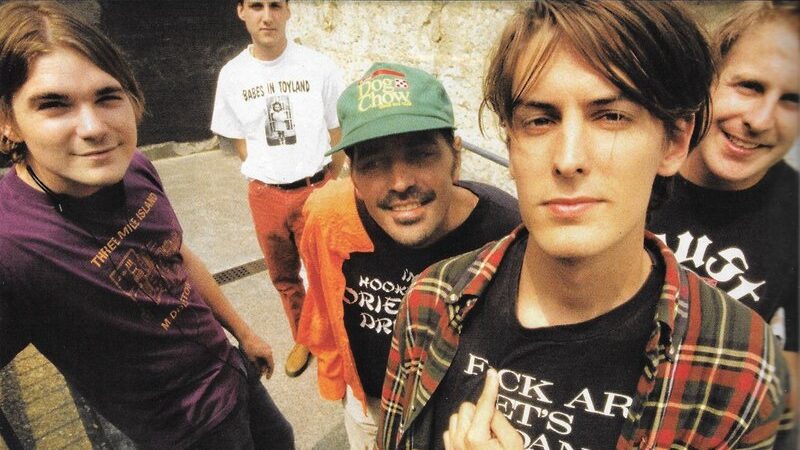
Duke Ellington’s first foray into composing for film yielded a memorable score to Otto Preminger’s Anatomy of a Murder; while it may not surpass the heights of his best work, the soundtrack displays the deft touch of a master discovering a new outlet for his craft.
Otto Preminger’s 1959 film, Anatomy of a Murder, takes a rather novel approach to the classic “courtroom drama” archetype. Rather than presenting a clear-cut example of right prevailing over wrong, or providing a poignant indictment of the judicial process, Anatomy is wholly content to linger in moral and legal ambiguity. At the risk of spoilers, there’s no big reveal, no shocking plot twist, and – to the frustration of some, I’m sure – no moral. The matter-of-fact “realness” in which Anatomy tackles its subject in both narrative and visual form may have made it a favorite among law professors, but what is the average movie fan to draw from it?
Well, for starters, there’s Saul Bass’ iconic movie poster and opening title sequence – while neither are quite on par with the previous year’s Vertigo, they’re still among his best work. Then, there’s a typically memorable performance from James Stewart; like Bass, Stewart doesn’t quite match his work in Vertigo, but Alfred Hitchcock’s masterpiece sets an unfairly high bar in most every aspect. Beyond the impressive performances from Lee Remick and Ben Gazzara – who play the married couple at the center of the drama – and the first Academy Award-nominated role from a then-ascending George C. Scott, the most intriguing element of the film is the name attached to its music.
Jazz music was, in many ways, an odd choice to score Anatomy of a Murder. While the use of jazz in film had been in style for several years, the movie’s small town setting and even-keeled demeanor stood in stark contrast to the seedier Hollywood-produced scenes that jazz tended to accompany. Duke Ellington, specifically, was also a curious choice. Ellington had never scored a film before, and aside from a handful of brief appearances in musical sequences, he had no experience in the movie industry. That he would be chosen as a critical contributor to a major studio project with legitimate star power was more a product of his reputation than his specific experience.
As recently as five years prior, that reputation was largely resigned to “legacy” status. While Ellington was unquestionably one of the most iconic figures in American music, his career had reached a nadir by the mid-fifties. If not for the stunning twist of fate that was his orchestra’s legendary appearance at the 1956 Newport Jazz Festival, Ellington may very well have rode out his final decades as a second-tier act on a jazz scene that revered his earlier work, but looked to him as something of a relic. Instead, Newport – and its subsequent hit LP – not only revived Ellington’s popularity, but it relit a creative fire that would push Duke to a remarkable second act that lasted until his death in 1974. The increasingly conceptual work that followed on the heels of Ellington at Newport – particularly 1957’s Shakespeare homage Such Sweet Thunder, and 1958’s final realization of his Black, Brown and Beige suite – show that a leap into film was essentially a natural progression.
To create his score for Anatomy of a Murder, Ellington relied on what may have, in fact, been his greatest artistic gift: a knack for surrounding himself with perfectly complementary talent. Long-time members of Ellington’s orchestra – Johnny Hodges (alto saxophone), Paul Gonsalves (tenor sax), Harry Carney (baritone sax), Cat Anderson and Ray Nance (trumpet) – each leave their signature throughout the soundtrack’s thirteen separate pieces. Of course, none quite match the impact of Ellington’s most essential collaborator, songwriter Billy Strayhorn – then closing in on twenty years as Duke’s right-hand man.
The pieces that Ellington and Strayhorn composed for the film are far from the most monumental of their decades together, but they show an understanding that the point of a score is to complement a film, not distract from it. Alternately moody and playful, each track bears the stamp of sophistication and attention to detail that were the hallmarks of Ellington’s work, all the way back to his Harlem apprenticeship of the early-1920s. Largely built around a small handful of recurring themes and motifs, Anatomy of a Murder displays a nuance that is definitively, unmistakably Ellingtonian in both composition and performance.
Largely as a result of its mild-mannered nature, individual highlights from Anatomy of a Murder are relatively tough to pick out. The instantly-recognizable melodies of early classics like “Sophisticated Lady” or “The Mooche” are supplanted by a sense of restraint – one that focuses more on feel and arrangement. The fiery Ellington – the one who would again rear his head on 1963’s masterful Money Jungle – is nowhere to be found, instead alternating between two basic modes: upbeat and subdued.
It’s the former mode that dominates the title theme, with its swaying backbeat providing a canvas for the orchestra’s expressive horns and woodwinds. Another highlight, the seductive “Flirtibird,” follows. Written by Ellington specifically for the film’s female lead, Lee Remick – who reportedly exclaimed, “yeah, that’s me” upon hearing it – the track harkens back to the “character theme” tradition that looms so largely in the history of stage and screen. Other pieces make similar connections between sounds and specific characters: including the recurring “Polly” theme that references Stewart’s Paul Biegler.
The film makes several overt references to its music: Stewart’s Biegler “plays” Ellington’s solo pieces on the piano in his office; Remick’s Laura Manion remarks upon the curiosity of Biegler’s record collection, which Biegler’s assistant Maida describes as spanning “from Dixieland to Brubeck.” More significant however is a scene in the film’s second act. While Remick dances her cares away at a roadhouse, Stewart shares the piano bench and keyboard with none other than Duke himself (as the club’s house act and apparent owner, “Pie-Eye”). Ellington only speaks two, admittedly trite, lines, but the film’s deference to him is clear. After all, even though Jimmy Stewart was a giant of American cinema – ranked #3 on AFI’s list of greatest actors two years after his death in 1997 – the thrill of even seeing Ellington mime along to his own music manages to steal the scene.




